Anyone working in industrial instrumentation knows how much effort lies behind the word “accuracy.” In chemical plants, tank farms, and wastewater treatment facilities, precisely tracking the liquid level in a vessel is often the first line of defense for both safety and efficiency.
In the early days, level monitoring relied on manual inspections or basic float switches. As automation advanced, ultrasonic sensors and pressure transmitters improved on-site detection. Today, radar level transmitters have become the “darling” of modern process control. In simple terms, radar technology emits electromagnetic waves into the tank, captures their reflections, and calculates the distance to the surface — much like taking an invisible “photo.”
But one major question remains: How can we ensure that the returning echo is strong and clear enough for the radar to interpret accurately? The answer lies in a key physical parameter: the dielectric constant — one of the unsung heroes (or culprits) influencing radar measurement performance.
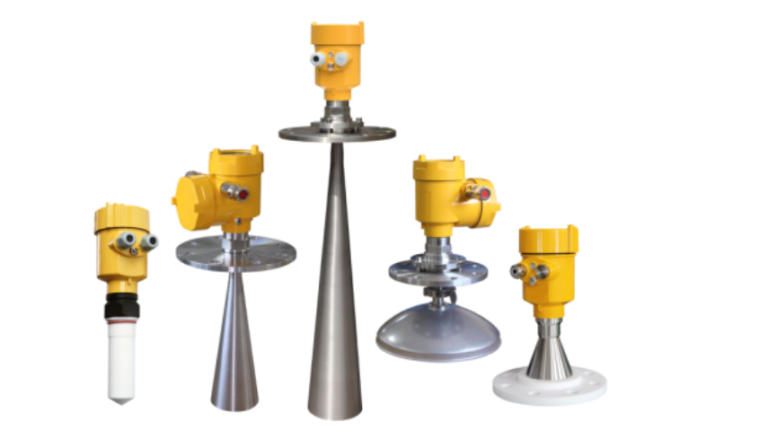
1. What Is the Dielectric Constant?
The dielectric constant (or relative permittivity, εr) describes a material’s ability to polarize in response to an electric field. It reflects how well a substance stores and transmits electrical energy. Metaphorically speaking, imagine a pot of soup with pepper flakes. Stirring it with a spoon (electric field) causes different responses depending on the fluid’s characteristics — some molecules move quickly, others sluggishly. Materials with higher dielectric constants are more “cooperative.”
Common Dielectric Constant Values:
| Material | Approx. εr |
|---|---|
| Air | ~1 |
| Glass | ~4 |
| Water | ~80 |
| Diesel | 2–3 |
| PTFE (Teflon) | ~2.1 |
Different materials exhibit large variations in dielectric constants due to molecular polarity, structure, temperature, and frequency. In level measurement, this parameter can be more critical than density or viscosity — it directly affects whether your instrument will function properly.
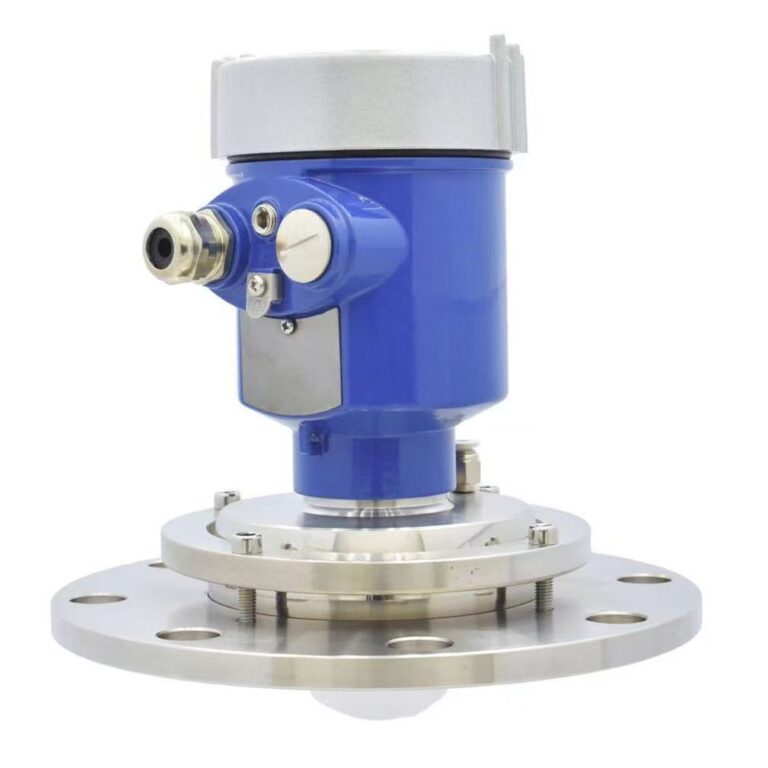
2. Dielectric Constant and Electromagnetic Wave Reflection
Most instrumentation problems come down to how materials interact with signals. When electromagnetic waves encounter the interface of two media with different dielectric constants, part of the energy is reflected and part is transmitted.
The reflection coefficient R (a measure of signal strength return) depends on the contrast in dielectric constants. Materials with higher εr values reflect more energy, producing stronger radar echoes.
That’s why radar level measurement can be excellent in some media (e.g., water) and weak in others (e.g., oil or foam) — it’s all written in the dielectric constant table.
3. Radar: The “Eagle Eye” of Modern Industry
Radar level transmitters emit high-frequency microwave pulses into a tank. When these waves strike the liquid surface, a portion reflects back. By measuring the time delay between emission and return, the instrument calculates the distance to the liquid surface — just like sonar, but using microwaves instead of sound.
However, the strength of the reflected signal heavily depends on the dielectric constant of the medium:
Higher εr (e.g., water, acid) = stronger reflection, stable signal.
Lower εr (e.g., diesel, foam) = weak reflection, possible signal loss.
Some radar devices specify a minimum measurable dielectric constant (e.g., ≥1.8). If the material’s εr is too low, the signal might be too weak for detection — leading to errors or dropout.
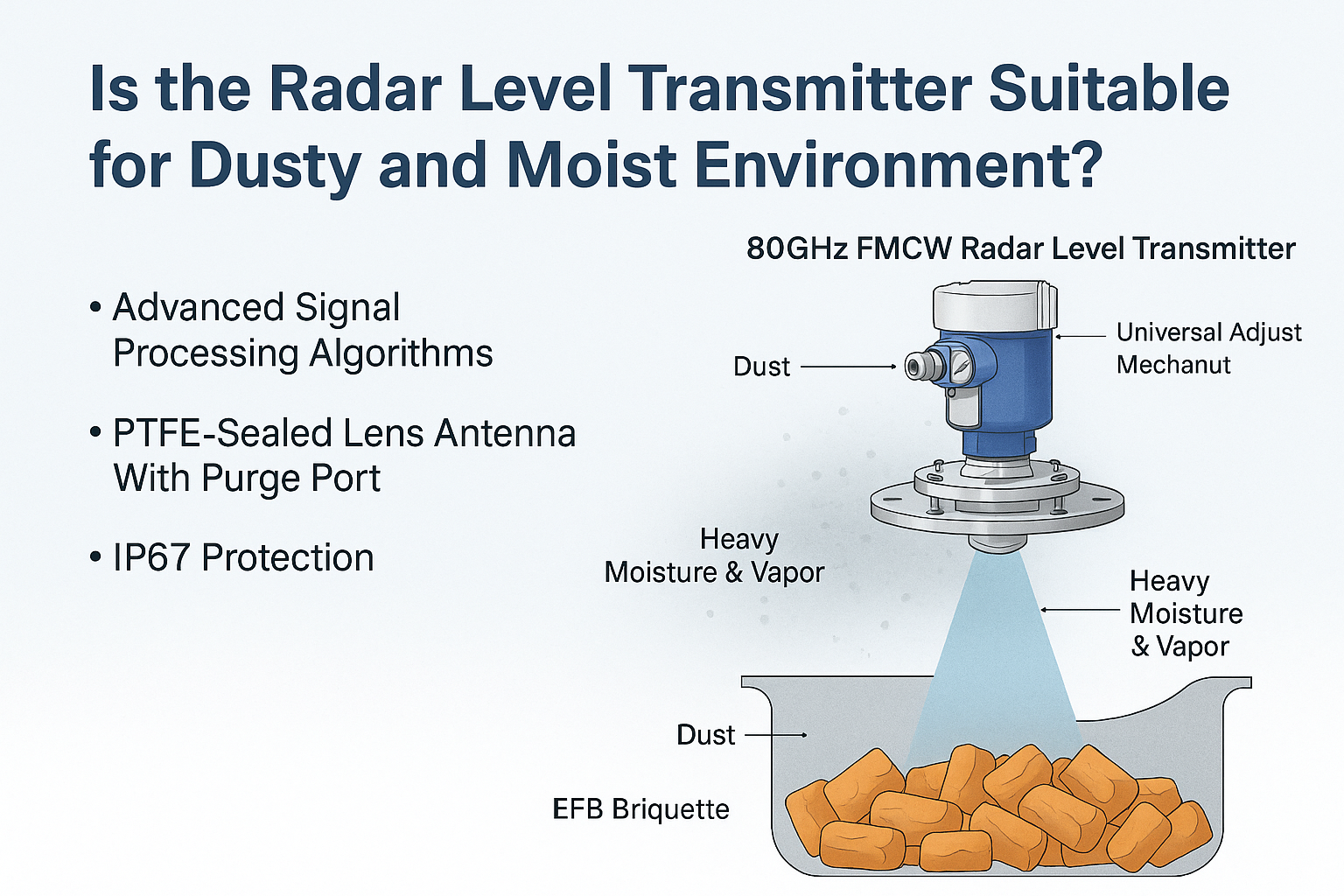
4. A Hard Limitation in Radar Selection
Many plants purchase high-end radar level transmitters, only to discover on-site that their application media (e.g., low-density oil, foamy wastewater) fall below the required εr threshold. It’s not that the instrument is “bad” — it’s simply that physics won’t cooperate.
The most problematic situations arise when εr fluctuates or is inherently low. For instance:
Water has strong, stable reflections.
Gasoline or diesel, with low εr, causes weak echoes — radar often “sees nothing.”
Foam or mixed slurry can scatter signals unpredictably.
That’s why the same radar may work perfectly in one tank but fail in another. Experienced engineers often start by asking:
“What’s the dielectric constant of the fluid?”
Smart teams bring portable dielectric testers to site, validating parameters before installation. Success depends 80% on preparation and 20% on tuning — that’s real engineering know-how.
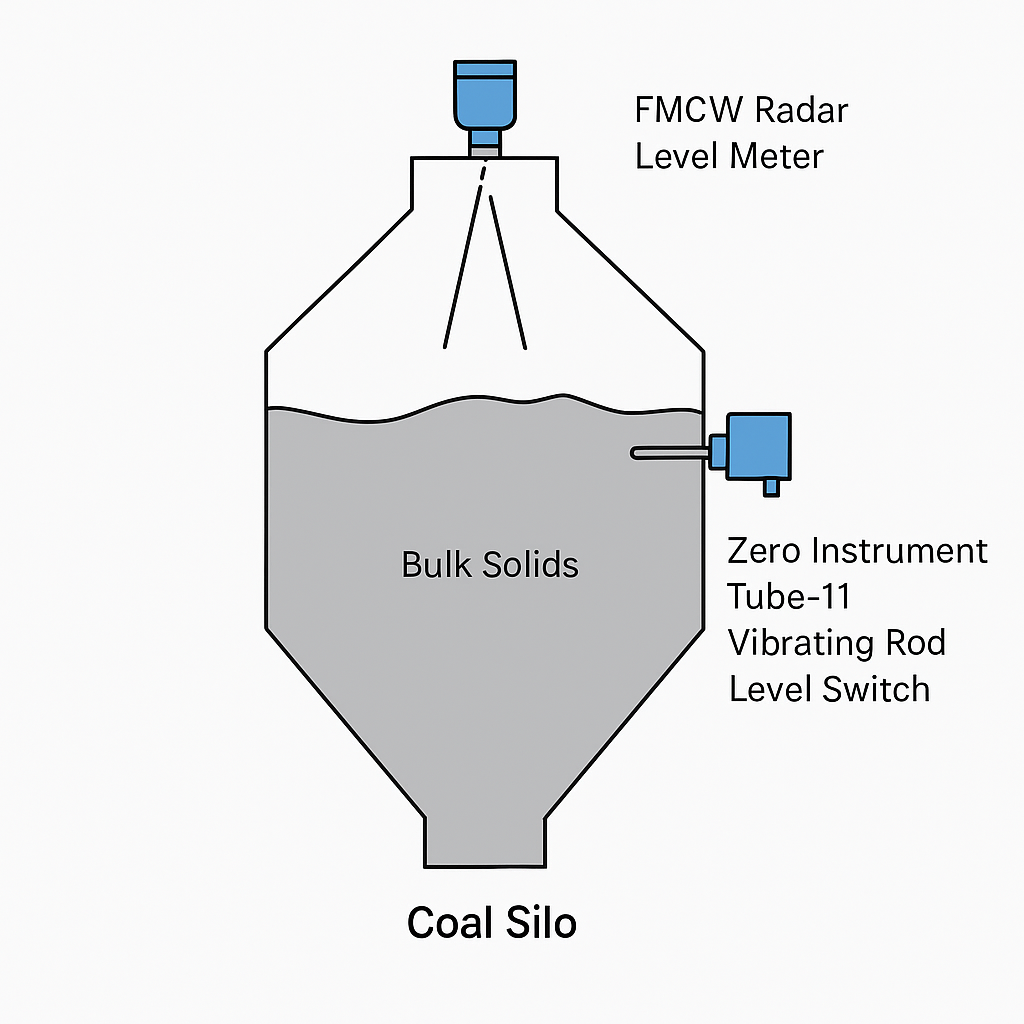
5. Technology Can’t Override Physics
At the end of the day, no matter how intelligent your radar algorithm or brand reputation, it cannot bypass the laws of physics. The dielectric constant is the physical boundary line that separates success from failure in radar level measurement.
Advertisements may highlight cutting-edge features, but the fine print showing “minimum εr” often determines real-world performance. Many young engineers focus too much on specs and overlook material characteristics. But you can’t measure oil with the same logic as water, and no radar can read a signal that doesn’t reflect back.
Veteran engineers know: no matter how advanced the device, without an adequate dielectric constant, the result will always be measurement failure.
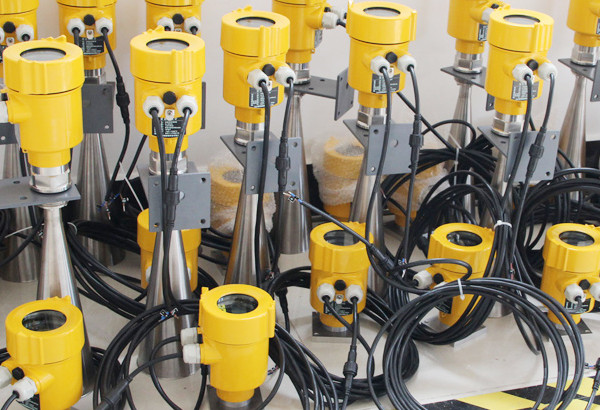
✅ Final Takeaway: Respect the Physics
Radar level measurement is a powerful tool — but it’s not magic. To avoid pitfalls:
Know your medium’s dielectric constant.
Verify the radar’s minimum εr capability.
Test in advance, especially for foam, low-density oils, or mixed-phase fluids.
Don’t override with brute force — plan with understanding.
Accuracy comes from the harmony between physics and engineering. Follow this rule, and your automation system will operate more reliably, with fewer headaches along the way.
